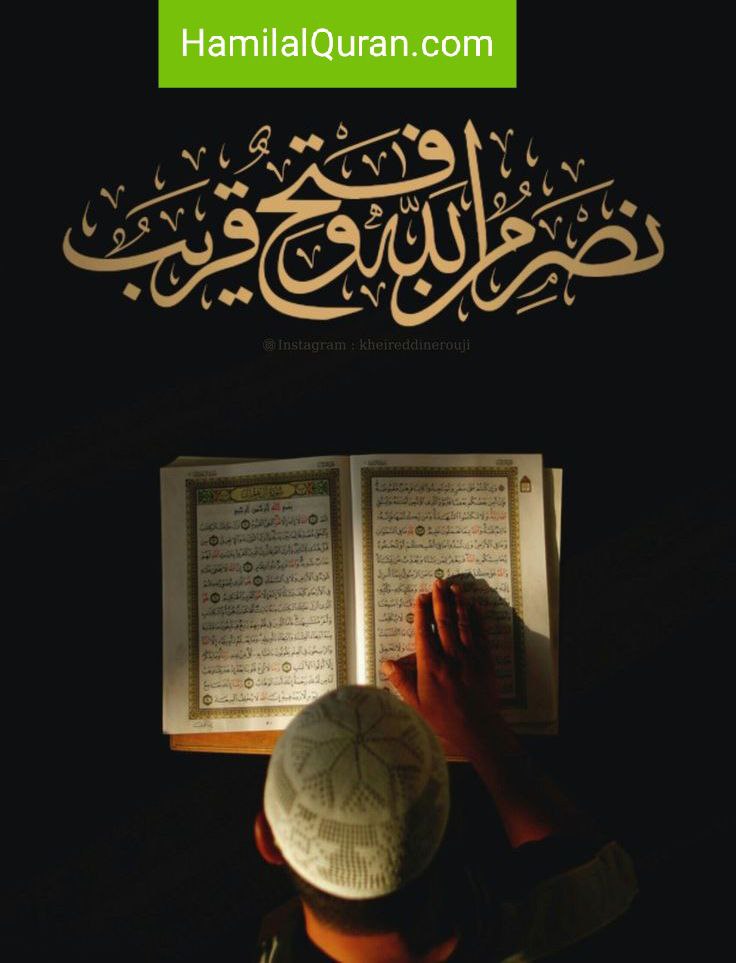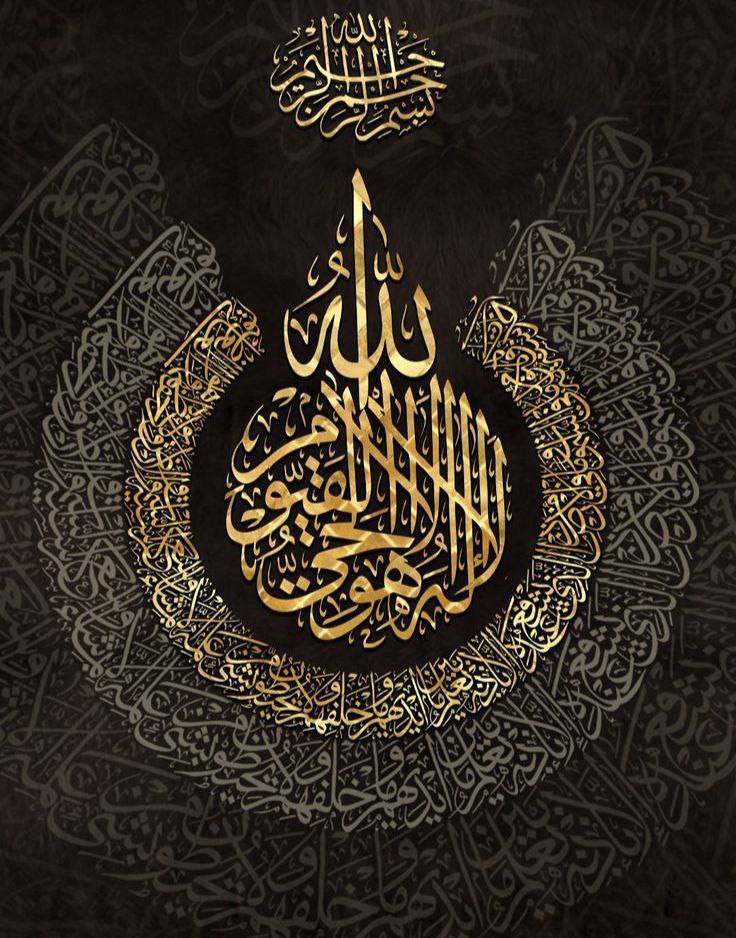The Quran is the holy book of Islam, and it is considered by Muslims to be the word of Allah SWT revealed to the Prophet Muhammad (PBUH). The Quran has had a profound impact on the world, both historically and in the present day. Hamil Al Quran Academy presents a comprehensive guide about the historical influences of the Quran
Some of the global and historical influences of the Quran:
Table of Contents
Toggle- Religious Influence: The Quran is the foundation of Islam, and it has had a profound influence on the religious beliefs and practices of Muslims around the world. It provides guidance on all aspects of life, including morality, ethics, spirituality, and social justice.
- Linguistic Influence: The Quran is written in Arabic, and it has had a significant influence on the Arabic language. Its eloquence and poetic style have inspired generations of poets and writers, and it has shaped the development of the Arabic literary tradition.
- Cultural Influence: The Quran has influenced the cultural practices of Muslims around the world, from dress and food to art and architecture. Islamic art and architecture, for example, are characterized by intricate geometric patterns and calligraphy of Quranic verses.
- Historical Influence: The Quran played a crucial role in the spread of Islam and the establishment of Islamic civilization. It inspired the Prophet Muhammad (PBUH) and his followers to establish a just and equitable society, and it provided the moral and ethical framework for the early Islamic empire.
- Political Influence: The Quran has also had a significant political influence throughout history. It has been used to justify political and military actions, as well as to promote social and political reform movements.

Overall, the Quran has had a far-reaching influence on the world, shaping the beliefs, practices, and cultures of Muslims across the globe and influencing the development of human civilization.
What are some examples of how the Quran has influenced Islamic art and architecture?
The Holy Quran has had a significant influence on Islamic art and architecture, with many artists and architects drawing inspiration from its teachings and themes. Here are some examples of how the Holy Quran has influenced Islamic art and architecture:
- Calligraphy: The Quran is written in Arabic, and Islamic calligraphy has been one of Islamic culture’s most significant art forms. Calligraphers have used the Arabic script to create beautiful and intricate designs featuring Quranic verses, which have been used to decorate mosques, palaces, and other Islamic buildings. Many calligraphers consider the art of calligraphy to be a form of meditation and a way to connect with the divine.
- Geometric Patterns: Islamic art and architecture are known for their intricate geometric patterns, which often feature Quranic verses and other Islamic motifs. These patterns are believed to represent the order and harmony of the universe, and they have been used to decorate everything from pottery and textiles to buildings and public spaces.
- Architecture: Islamic architecture has been heavily influenced by the Quran’s teachings on beauty, balance, and symmetry. Islamic buildings often feature elaborate domes, minarets, and arches, which are designed to create a sense of awe and reverence. Many Islamic buildings also feature Quranic inscriptions, which are used to decorate walls, ceilings, and other architectural elements.
- Illuminated Manuscripts: The Quran has been beautifully illustrated in many illuminated manuscripts throughout history. These manuscripts feature colorful and intricate designs that often incorporate Quranic verses and other Islamic motifs. Illuminated manuscripts were highly prized by Islamic rulers and scholars, and many were produced in royal workshops.
Really, the Quran has had a profound influence on Islamic art and architecture, with many artists and architects drawing inspiration from its teachings and themes. The result is a rich and diverse artistic tradition that reflects the beauty and spirituality of Islam.

How had Islamic art and architecture influenced other cultures?
Islamic art and architecture have had a significant influence on many cultures throughout history. Ottoman Architecture: Ottoman architecture is known for its elaborate domes, minarets, and intricate tilework. The Ottoman Empire, which spanned from the 14th to the 20th century, was a Muslim empire that controlled much of southeastern Europe, western Asia, and northern Africa. Ottoman architecture had a significant influence on the architecture of the Balkans, the Middle East, and North Africa.
In Andalusia, a region in southern Spain, was ruled by Muslims from the 8th to the 15th century. During this time, Andalusian artisans developed a unique style of mosaic tile work, known as zellige, that featured intricate geometric patterns and colorful designs. Andalusian mosaics had a significant influence on the art and architecture of the Mediterranean region, including North Africa and Southern Europe.
Islamic art and architecture have had a significant influence on many cultures throughout history, and their impact can still be seen in the art and architecture of many countries today.
Islamic Art
Islamic art has its roots in the Arabian Peninsula in the 7th century, during the time of the Prophet Muhammad (PBUH), who encouraged the creation of beauty as a way of expressing devotion to Allah subhanahu wa ta’ala. Islamic art flourished during the Islamic Golden Age, which lasted from the 8th to the 13th centuries, and during this time, Islamic artists and craftsmen produced some of the most exquisite works of art in history.
One of the most significant features of Islamic art is its use of calligraphy, which is a sacred art form. Islamic calligraphy is based on Arabic writing, which is considered one of the most beautiful writings in the world. Calligraphy is used in the decoration of mosques, madrasas, and other Islamic buildings, as well as in the production of books and manuscripts.

Conclusion
Islamic art is an important art form nowadays, celebrated for its beauty, complexity, and spiritual theme. It is a reflection of the rich cultural heritage of the Islamic world and a testament to the creativity and skill of Islamic artists and craftsmen throughout Islam history.
Learn Quran online and get free trials with the best Quran tutors
